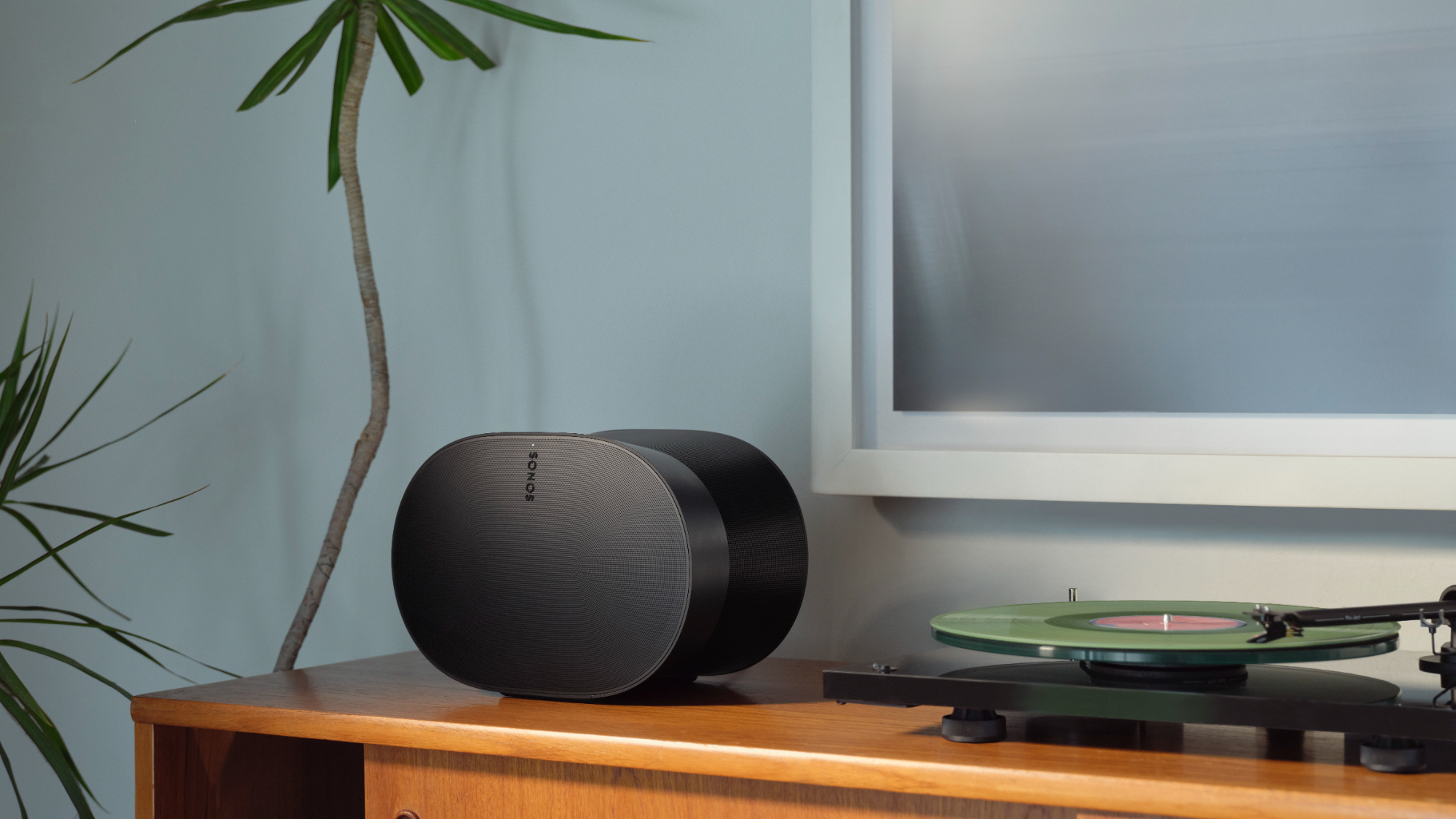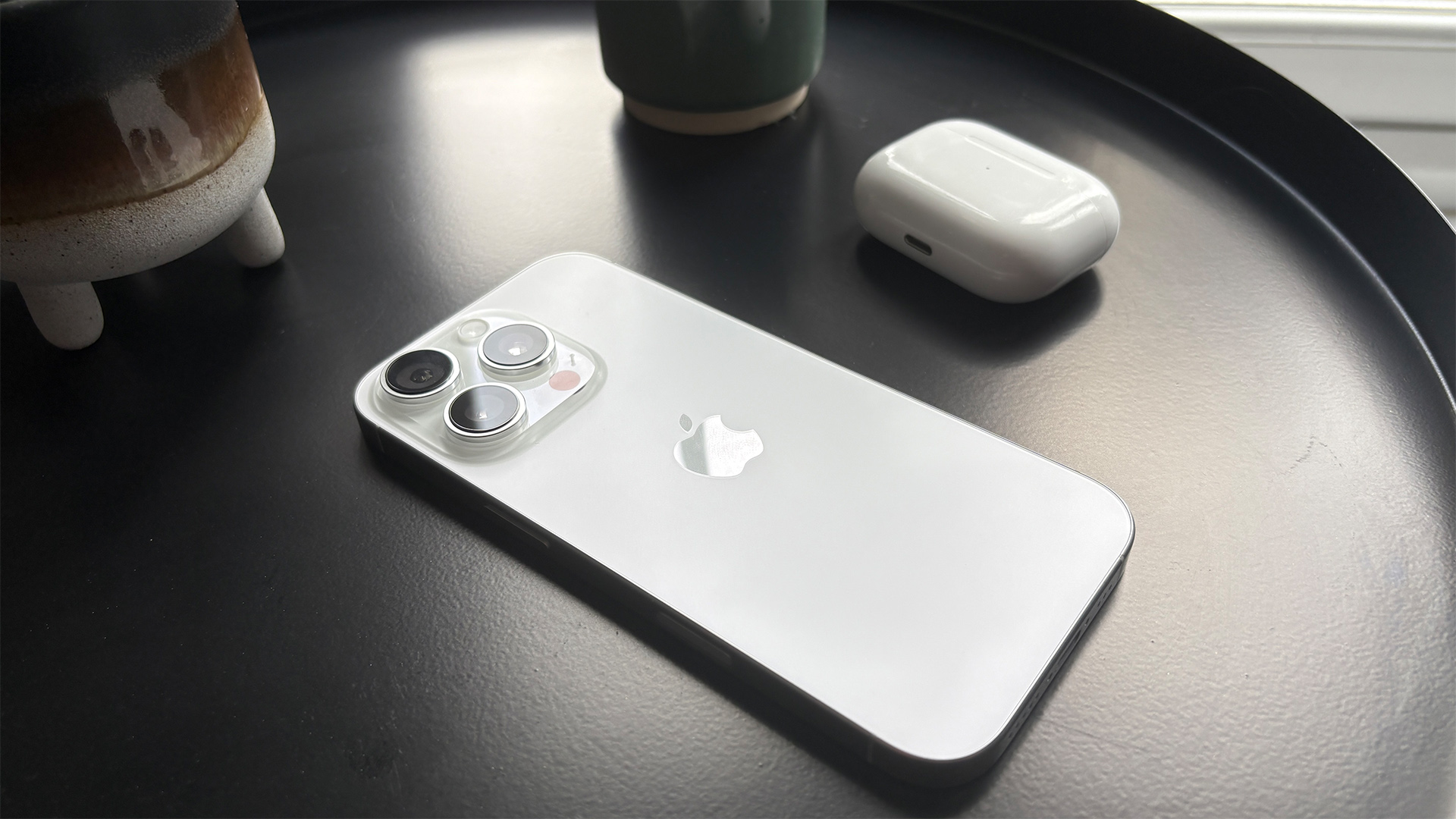Sonos promises the Era 300’s spatial audio isn't a 'gimmick' - here's why I believe it
Sonos has big plans to make spatial audio a mass-market listening experience

This week Sonos unveiled its new Era 300 and Era 100 speakers to the world, ending months of leaks and speculation about the new smart speakers - and boy do they look impressive.
Though we haven’t had them in for review they both look like key upgrades to the smart speaker and multiroom expert’s line that could offer serious gains for music and movie fans. Highlights include reworked internals, Bluetooth support and USB C connectivity - the latter two both being firsts for Sonos.
Though, having chatted with our resident Audio Editor, Kashfia Kabir, I personally find one speaker far more interesting: the Era 300.
To catch you up, the Era 300 is a direct rival to the Apple HomePod 2, which we awarded 5-stars to earlier this year when our team of experts put it through its paces in our dedicated listening rooms.
The Era 300 features the same core upgrades as the Era 100, which is effectively an upgrade to the Sonos One, but with the added perk of spatial audio.
To be clear I’m not excited because I think spatial audio is a must-have feature at the moment. As we’ve noted many times before spatial audio in music is still very much in its Wild West stage of development.
This is mainly because most music studios don’t record or master tracks in Dolby Atmos, which powers the hi-res spatial tracks on Apple Music, Tidal and Amazon's premium tiers.
Get the What Hi-Fi? Newsletter
The latest hi-fi, home cinema and tech news, reviews, buying advice and deals, direct to your inbox.
Instead, most of the focus has been on optimising Atmos for film, TV, sports and even video games, where having 360 sound makes a lot more sense - I personally can attest that hearing the monster actually creeping up behind you while watching horror movies or playing games makes a huge difference. I still have nightmares from my time playing Resident Evil Village because of this.
Instead, I’m excited because of a comment Giles Martin, Head of Audio at Universal Music Group, at the Era launch event attended by Kashfia. Specifically, when he said:
“We have Era 300 in studios that are being used as reference speakers for producers and mix engineers, as they're creating Atmos tracks. They're listening to them back on Era 300 to make sure that it sounds the way it should.
“Right now about 90 of the top 100 albums of all time are available in immersive formats. But there hasn't been any really, really good way of listening out loud. [That's why we] developed a standalone product that does spatial audio that's better than stereo - so it's not a gimmick, so you actually want to listen to it [spatial audio]."
The important thing here is what he said about making sure the spatial audio part adds to the experience, rather than just doing it for the sake of it.
This is a very important step and one that’s needed to be taken in every milestone change to the way we master music and by extension any audio/visual format. We saw the same teething pains way back in the days when people were moving from mono to stereo.
Though stereo was developed all the way back in the 1930s, many musicians were still recording in both mono and stereo all the way up to the 1960s. There were multiple reasons for this, first that most people didn’t have the hardware to hear the difference, and second the added complexity of recording in stereo.
It was only when more affordable stereo systems became common and people could hear the audible improvements from recording in stereo properly that the standard really took off. For me, the biggest moment and change you get listening to stereo comes from jazz cuts and recording sessions.
Forget listening to the difference between Miles Davis’ Kind of Blue in stereo vs mono. The big difference stems from how different the stereo image is on the different cuts and various recordings he made throughout his career. In these the placement of the mics, locations of different instruments and acoustics of the room really shone through differently - at some points making me hear the standard the band’s playing in a completely new light. This is one of the reasons jazz fans get so worked up about specific cuts and recordings.
If Sonos, which is one of the only “big name” brands other than Apple, is willing to spend the time and effort detailed by Martin to make sure spatial audio hits the same way and adds actual benefit I’m all for it, and can’t wait to try out the Era 300 in our listening rooms.
MORE:
Read the Sonos Era 300 hands-on review for our first impressions
These are the best wireless speakers we've tested
Sonos Era 300 vs Apple HomePod 2 - check out our early verdict
Sonos Era 300 vs Sonos One - is newer better?

Alastair is What Hi-Fi?’s editor in chief. He has well over a decade’s experience as a journalist working in both B2C and B2B press. During this time he’s covered everything from the launch of the first Amazon Echo to government cyber security policy. Prior to joining What Hi-Fi? he served as Trusted Reviews’ editor-in-chief. Outside of tech, he has a Masters from King’s College London in Ethics and the Philosophy of Religion, is an enthusiastic, but untalented, guitar player and runs a webcomic in his spare time.
